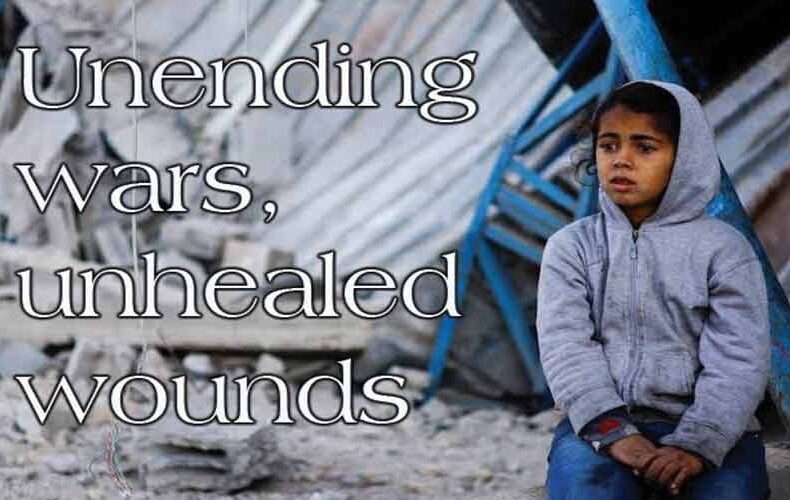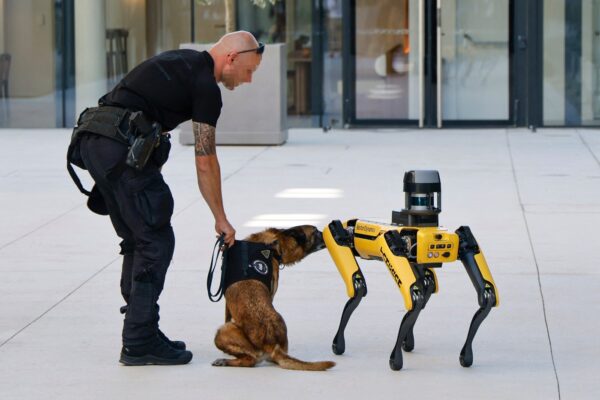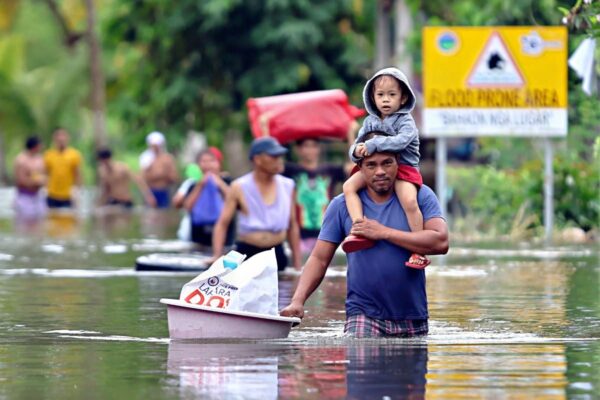
Wars and conflicts leave scars far beyond the physical
When fighter jets roar overhead and bombs tear through neighbourhoods, sirens scream; smoke and dust choke the horizon, ambulances race to shattered streets, and terrified children cry out. The damage is not confined to broken homes or displaced families; it seeps into memory, steals sleep, and turns the joy of parenting into dread. These scars are then passed down like unwanted inheritance, beyond the reach of any aid agency’s calculation.
In 1915, British psychologist Charles Samuel Myers introduced the term *shell shock* in *The Lancet*. At first, it was thought to be a physical injury caused by exploding shells. But as the war dragged on, it became clear that soldiers far from the front lines suffered the same symptoms, proving that the real wound was psychological.
The term soon became muddled and stigmatising, suggesting weakness or malingering. Many sufferers were punished rather than treated. Between WWI and WWII, new labels emerged—combat fatigue and war neurosis. All these failed to capture the depth of emotional injury. Later came the post-Vietnam syndrome, describing persistent symptoms in American soldiers long after returning home.
Finally, in 1980, the American Psychiatric Association introduced post-traumatic stress disorder (PTSD) in DSM-III, defining trauma as a psychological condition triggered by life-threatening events. It was a breakthrough but still inadequate for the realities of prolonged wars. PTSD describes what happens *after* trauma. The word “post” assumes that the danger is over. But what if it isn’t? What if trauma repeats every day, with no horizon of safety? For millions living in conflict zones, yesterday’s terror returns tomorrow.
DSM-5 did not address this dilemma. The ICD-11, however, introduced complex PTSD (CPTSD), acknowledging the impact of prolonged trauma. Yet, even this framework struggles to capture the scale of atrocities endured in places like Palestine, Afghanistan, Syria, Yemen, Kashmir, and parts of Africa, where war has lasted decades. For many, there is no post-trauma—only ongoing suffering.
Is the scale ever going to be identified? I doubt it. The authors of diagnostic systems do not seem willing to comprehend the scale and impact of trauma being endured by non-Westerners.
Research confirms what families already know: trauma doesn’t stop with one generation. Survivors’ children continue to face higher risks of anxiety, depression, and PTSD. Studies even show epigenetic changes—alterations in stress-response genes—in the children of Holocaust survivors. Similar patterns appear elsewhere. In 2018, psychiatrists Sanjeev Jain and Alok Sarin documented lingering psychological wounds from the Partition of India—still visible in patients today. Trauma, once seeded, can echo for decades.
For many who escape war zones and finally reach what the world calls safe havens in the West, safety is not the end of their struggle; it’s the beginning of a new struggle. Their mental health challenges often run deeper than those of the local population because they carry layers of trauma that don’t disappear at the border.
Research confirms what families already know: trauma doesn’t stop with one generation.
First, there is the trauma of home. They have seen their houses reduced to rubble, watched loved ones killed, and lived through atrocities that no one should witness. These memories are not left behind; they travel with them, replaying in nightmares and shaping every breath of their new life.
The trauma of displacement comes second. They arrive in unfamiliar cultures, grieving for the language, traditions, and people they left behind. This emotional exile creates a profound sense of social disconnection—a loneliness that even bustling cities cannot cure.
Third, there is the struggle for identity. They are urged to integrate. But integration is not a one-way street. Host societies—increasingly anxious about immigration—often view their efforts to preserve cultural identity with suspicion. This tension leaves immigrants torn between belonging and erasure.
Then there is the financial strain; a relentless stressor that compounds psychological pain. Finding work, navigating complex systems, and supporting family back home often feel like climbing a mountain with no peak in sight.
We Pakistanis know these wounds all too well. We have lived through wars, endured decades of relentless terrorism, witnessed sectarian killings that tore communities apart, and then flight of human capital abroad. Every blast and every bullet left more than physical scars. They fractured our sense of safety, eroded trust, and splintered the fabric of society. These experiences have shaped our collective psyche, leaving behind layers of grief and anguish that still define who we are.
For those with intellectual disabilities (ID), the picture is even bleaker. They often cannot fully understand what is happening or express their distress. PTSD symptoms may look different, and therapies rarely fit their needs. Research is scarce. In some conflicts, people with ID have even been exploited as suicide bombers—a chilling reminder of their vulnerability.
We rightly focus on victims of aggression. But prolonged wars also scar the aggressors—soldiers and societies alike. Many combatants suffer moral injury: the deep shame, guilt, and grief of what they did, failed to prevent, or witnessed. This is distinct from PTSD and strongly linked to suicide risk. Studies show that morally injurious experiences—such as killing or betrayal—raise the odds of suicidal thoughts and attempts.
Earlier research described perpetration-induced traumatic stress, marked by severe intrusive memories and irritability among those who killed in combat. The damage ripples outward.
Armed conflict and military service heighten risks of intimate partner violence (IPV), fuelled by stress, trauma, and distorted norms. In war-torn societies, IPV and sexual violence surge during and after conflict, compounding mental health burdens and eroding trust.
The guns may fall silent, but the psychological fallout lingers—in nervous systems, family dynamics, and in the methyl marks on our genes.
Policymakers face a stark choice: embed mental health into emergency response and peacebuilding or pay the price for generations, on all sides of the conflict.
We know what to do. We know the truth. What we lack is the courage to quiet the engines of war; to give priority to dignity over domination; to choose life over profit; to build schools and hospitals instead of stockpiles of weapons; and to reject firebrand leaders for singers.
Peace will remain a promise we keep breaking until we find that courage.
https://www.thenews.com.pk/tns/detail/1350040-wars-and-conflicts-leave-scars-far-beyond-the-physical
You may also like
You may be interested
How ‘Modern Family’ perfectly captured suburban struggles
By Vinita Jain | Sep 18, 2025, 12:52 PM **What’s...
The incredible transformation of Elastigirl on screen
**The Incredible Transformation of Elastigirl on Screen** *By Vinita Jain...
5 workplace communication myths ‘The Office’ gets wrong
**5 Workplace Communication Myths ‘The Office’ Gets Wrong** *By Vinita...
 The New York Times
The New York Times
- What to Know About the Deadly Fire at a Hong Kong Apartment Complex 2025 年 11 月 27 日 Francesca Regalado and Lynsey Chutel
- Hong Kong Arrests 3 Tied to Construction Company After Deadly Apartment Fire 2025 年 11 月 27 日 Alexandra Stevenson
- Jimmy Fallon Gets Into the Spirit of ‘Drinksgiving’ 2025 年 11 月 27 日 Trish Bendix
- Heading to the Mideast, Pope Leo May Show ‘Who He Really Is’ 2025 年 11 月 27 日 Motoko Rich
- The Real Meaning of MAHA Is ‘You’re On Your Own’ 2025 年 11 月 27 日 David Wallace-Wells
- Campbell’s Says Executive Accused of Offensive Remarks Has Left the Company 2025 年 11 月 27 日 Emmett Lindner
- What Is Operation Allies Welcome, the Program That Gave Some Afghans Entry to the U.S.? 2025 年 11 月 27 日 Hamed Aleaziz
- Larry Bushart Posted a Charlie Kirk Meme. He Went to Jail for 37 Days. 2025 年 11 月 27 日 Greg Lukianoff
- Leaked Transcript of Witkoff Call Shows U.S. Deference to Russia 2025 年 11 月 27 日 Anton Troianovski
- Dominican Republic Allows U.S. to Use Territory to Fight International Organized Crime 2025 年 11 月 26 日 Maria Abi-Habib and Hogla Enecia Pérez



Leave a Reply